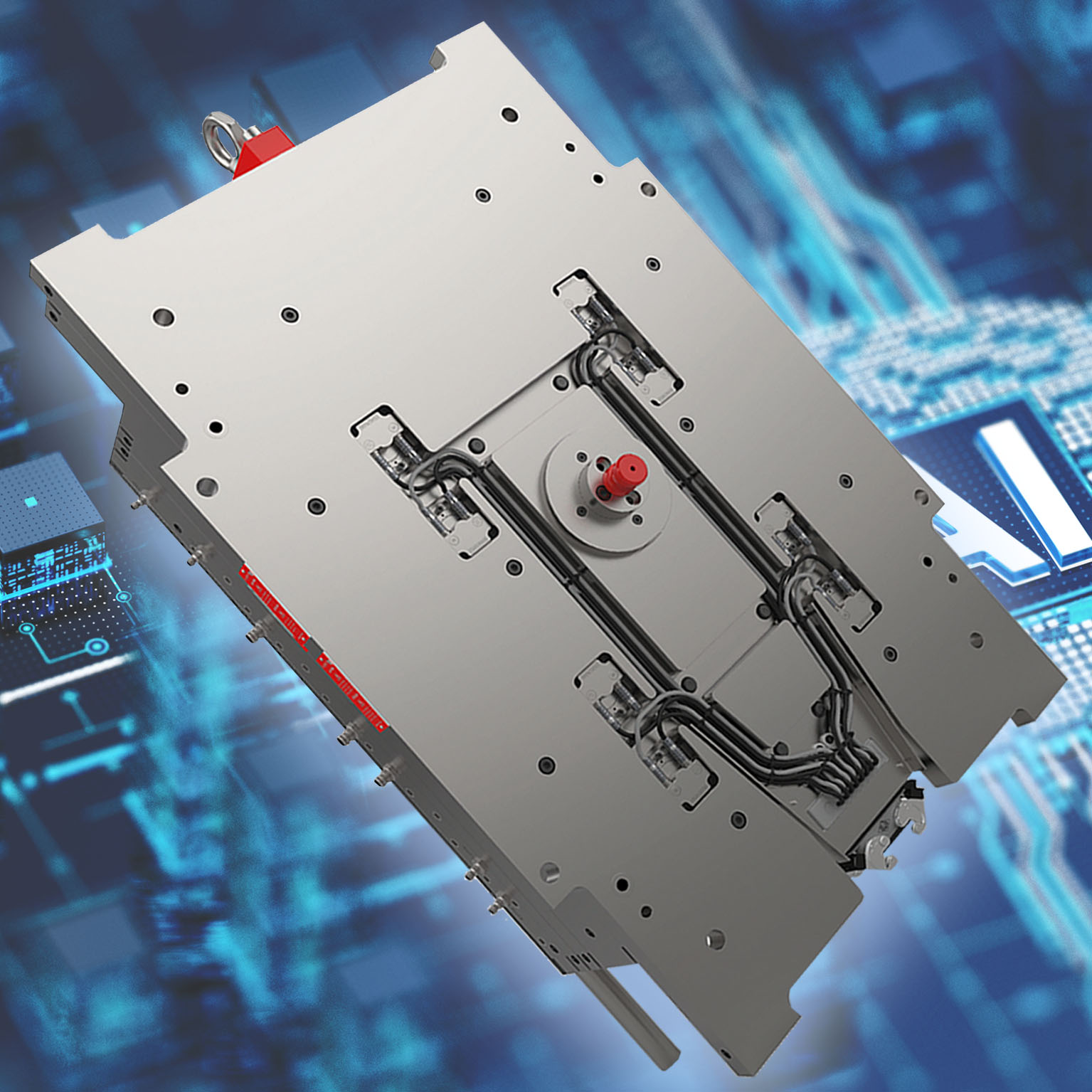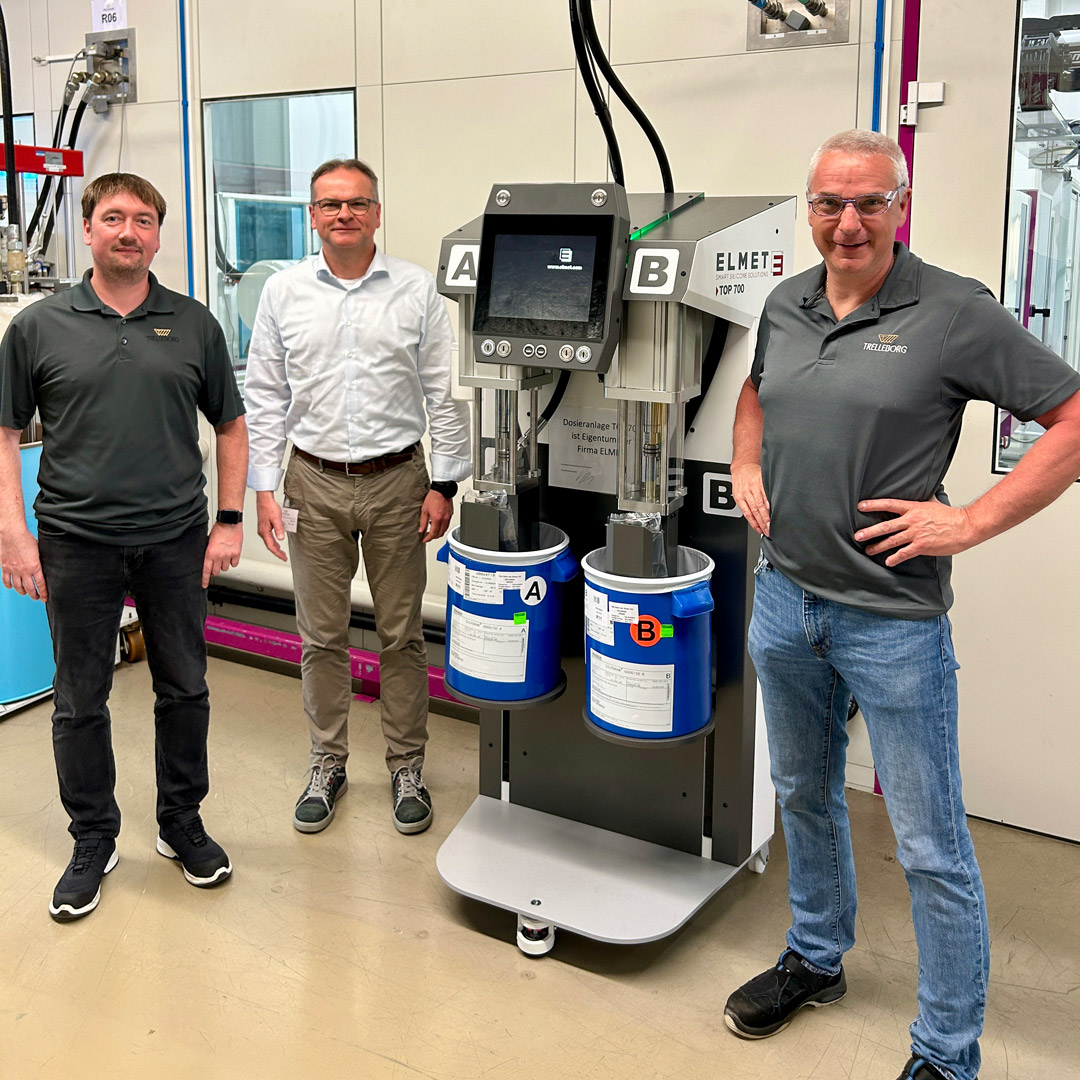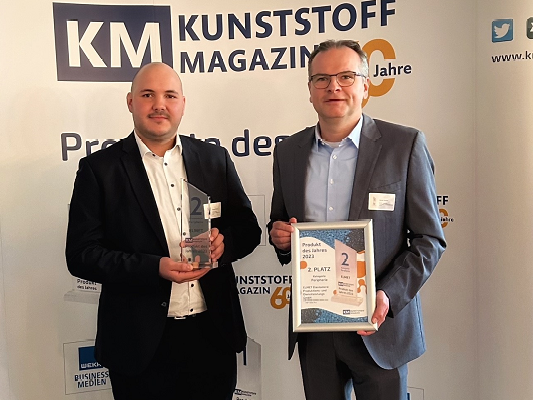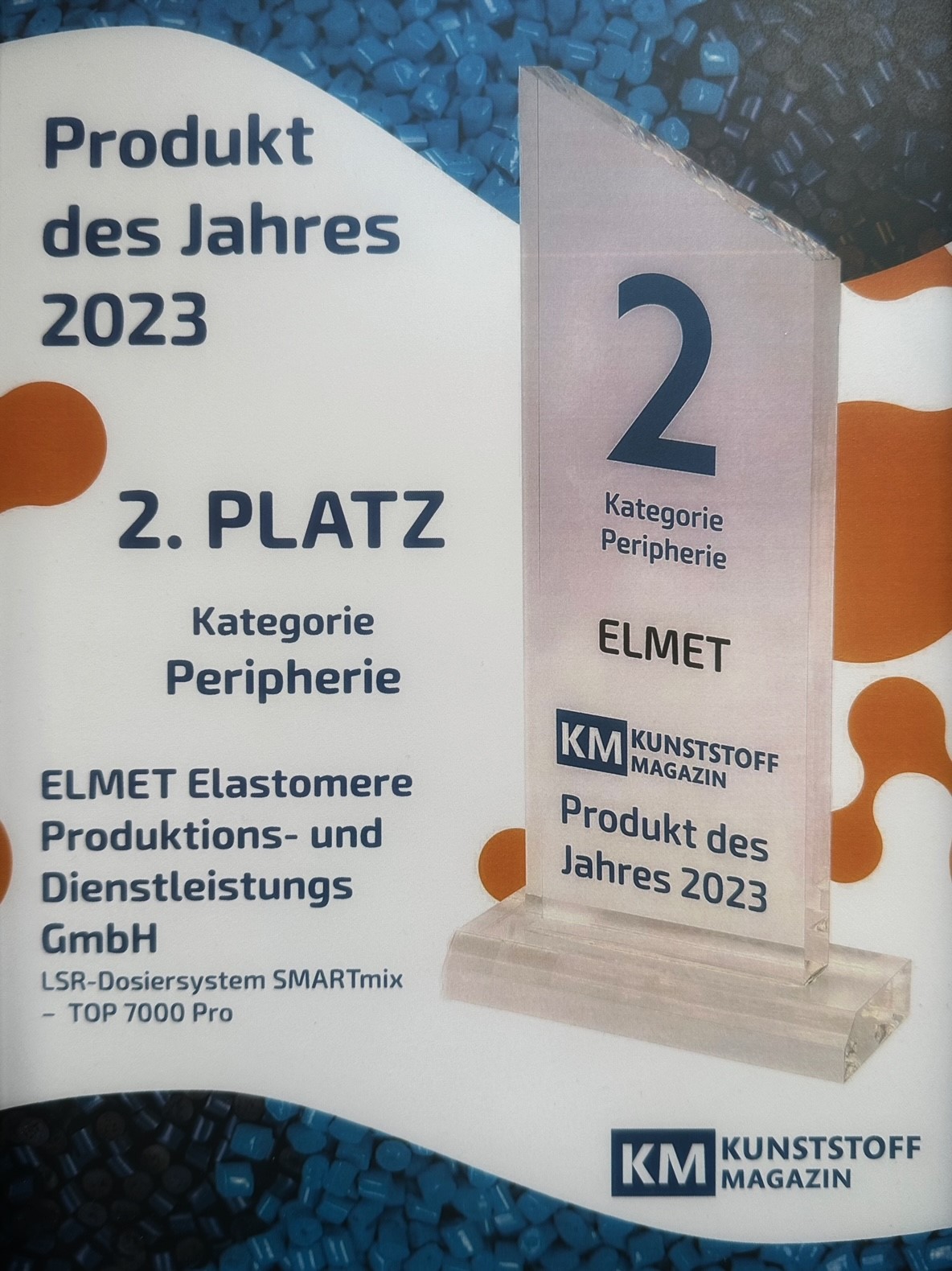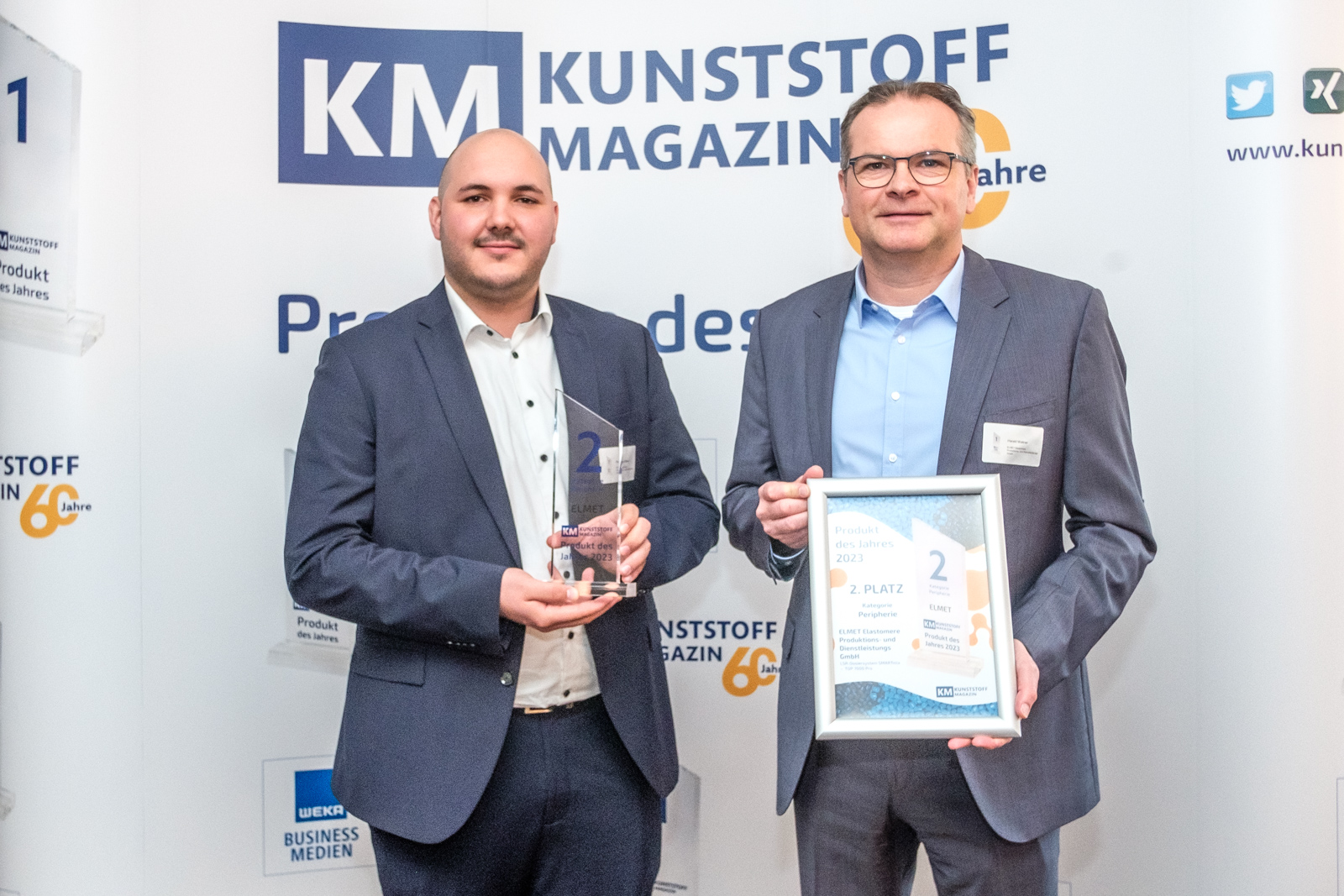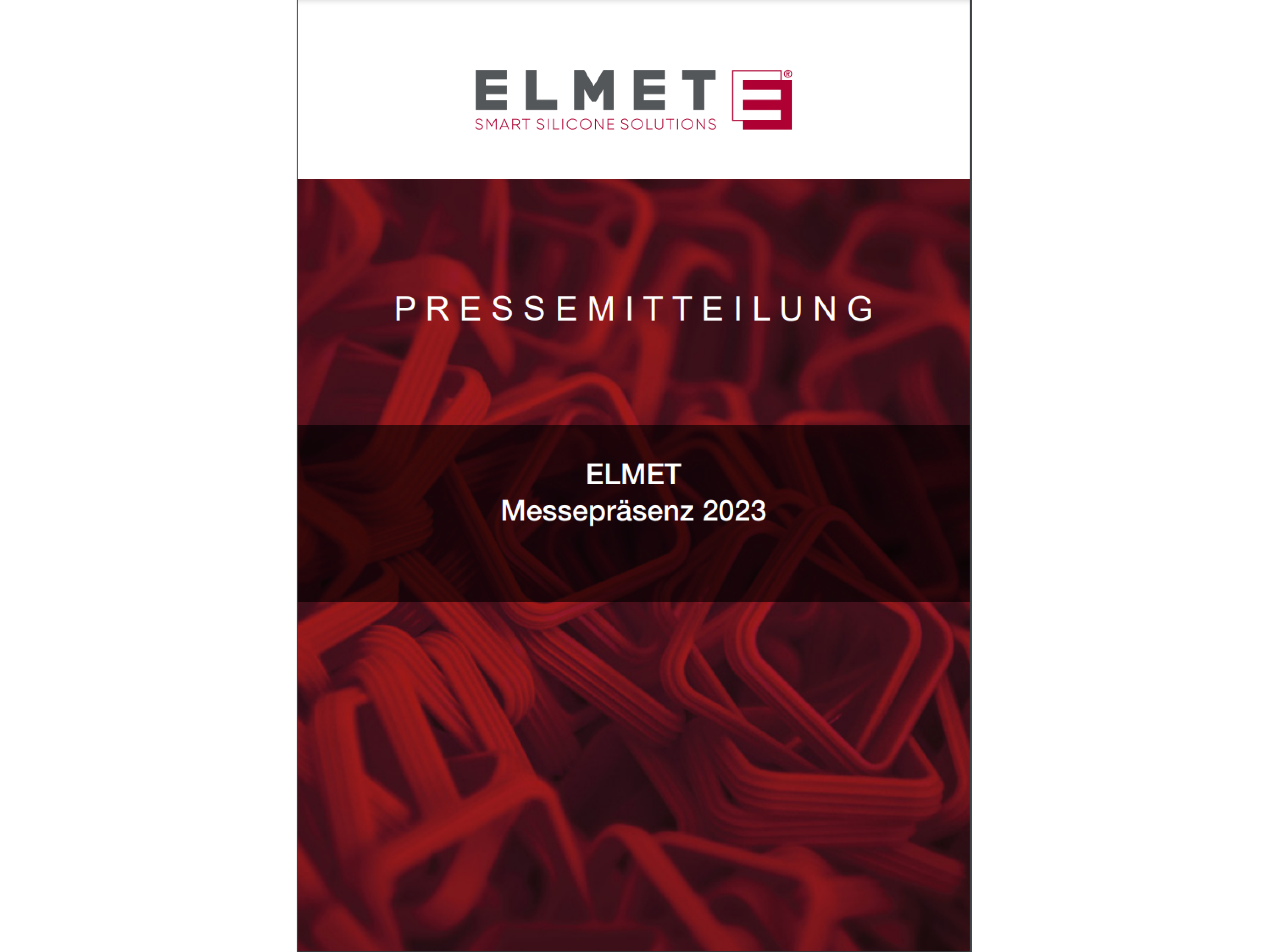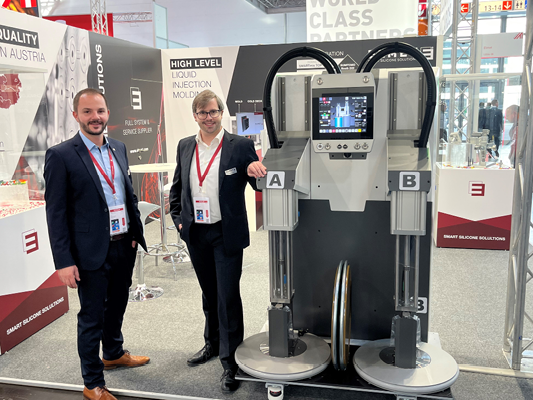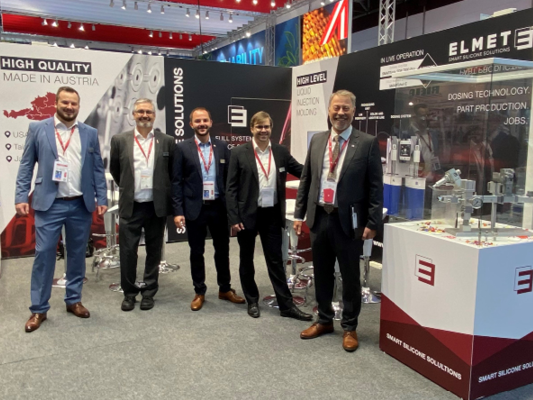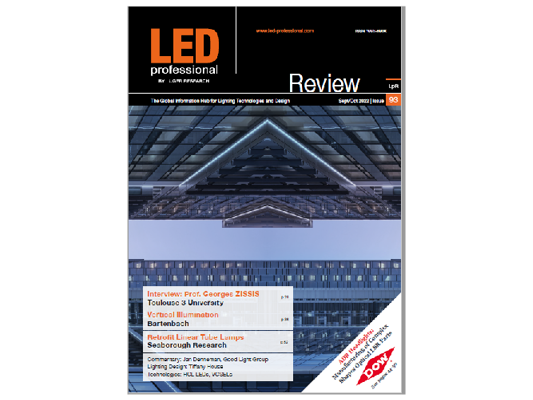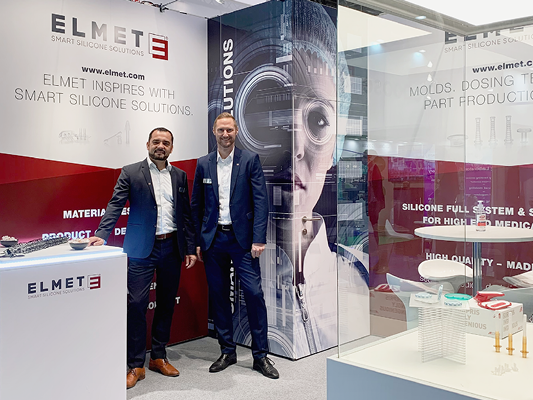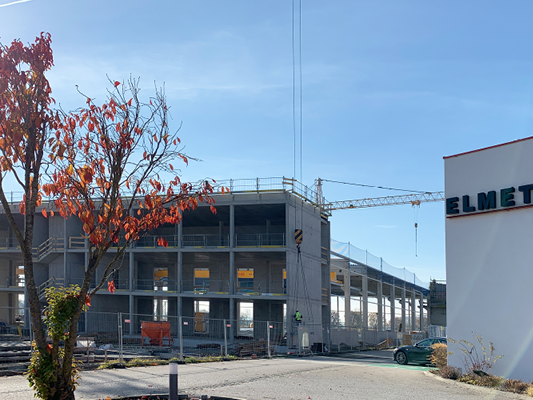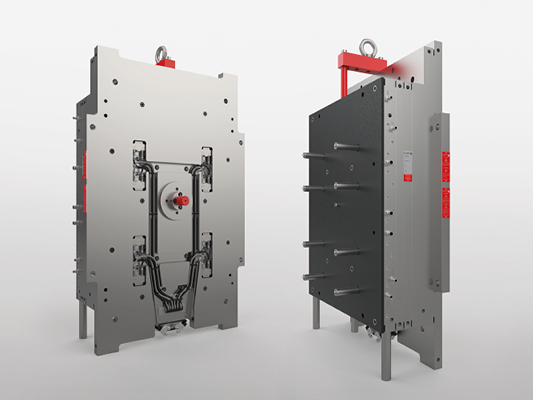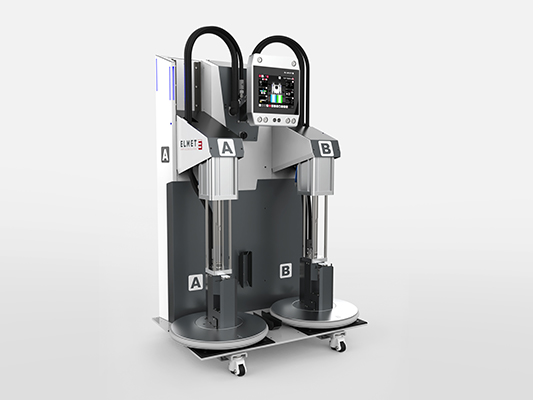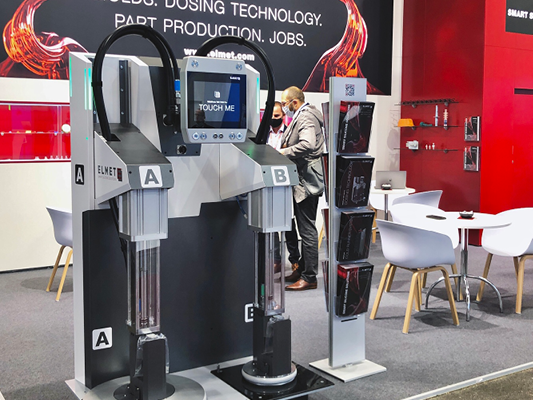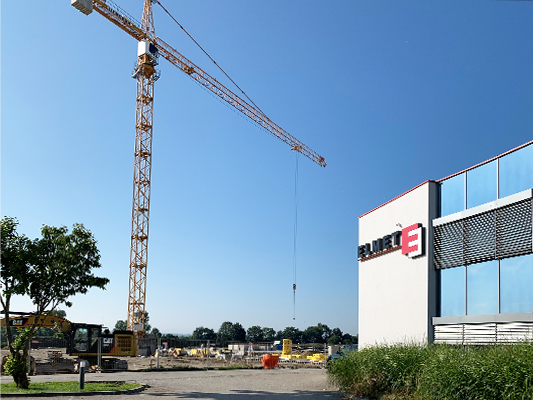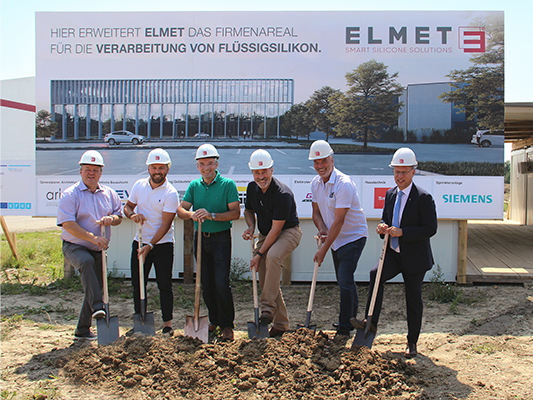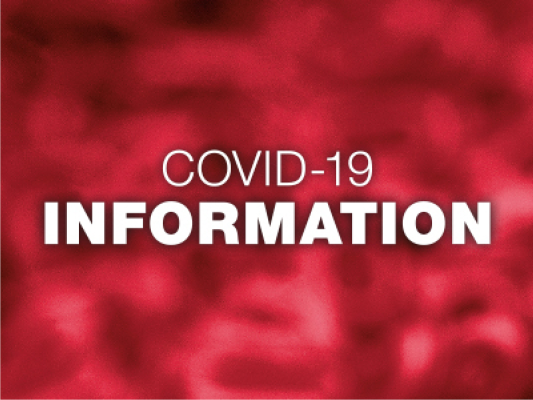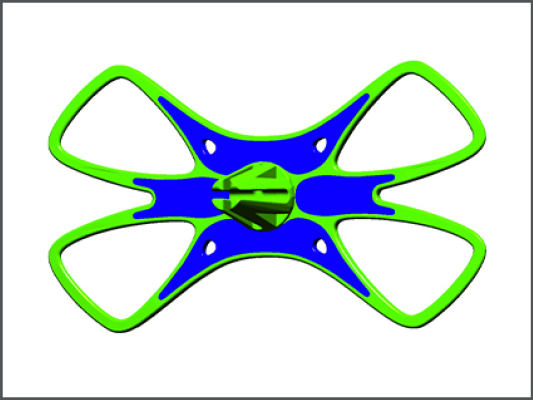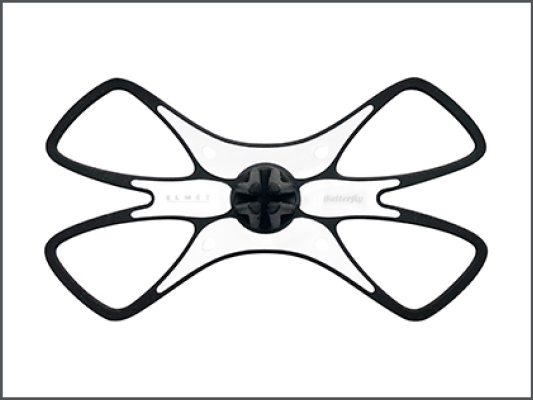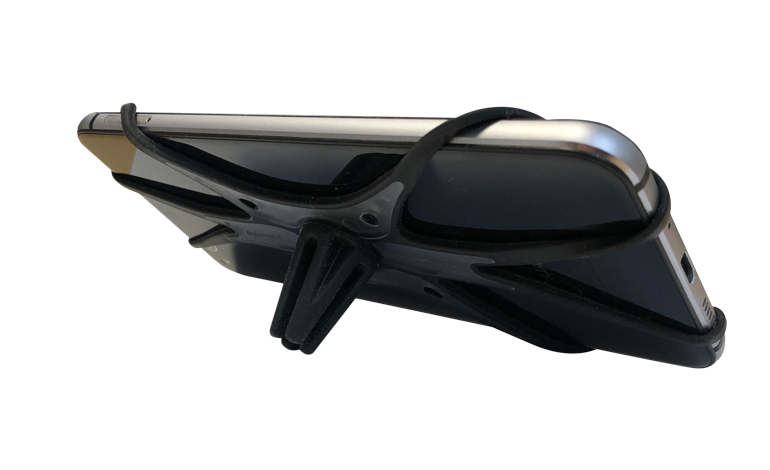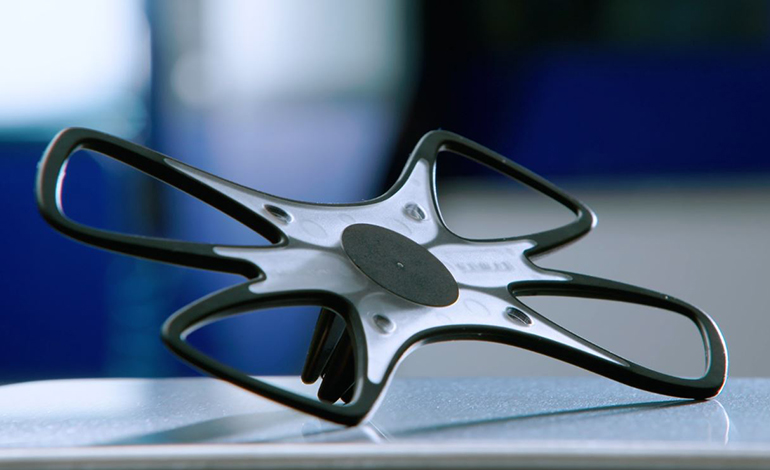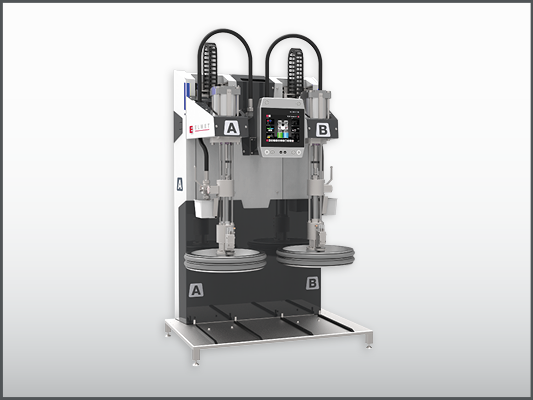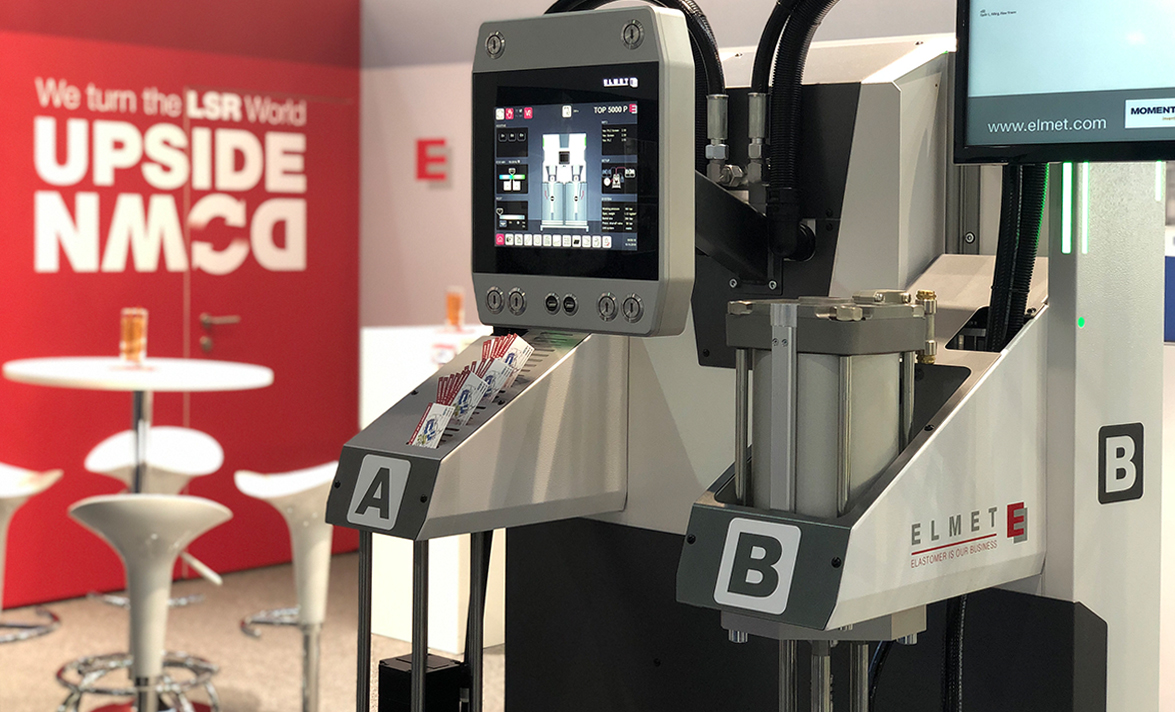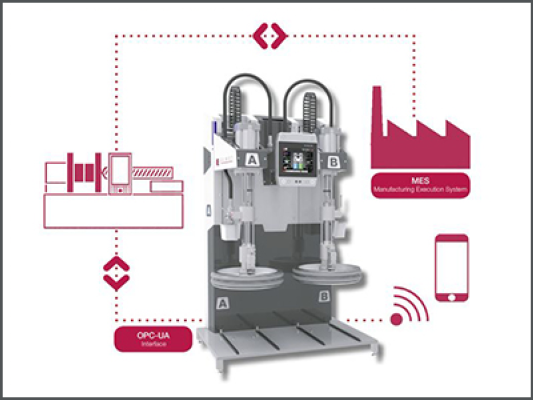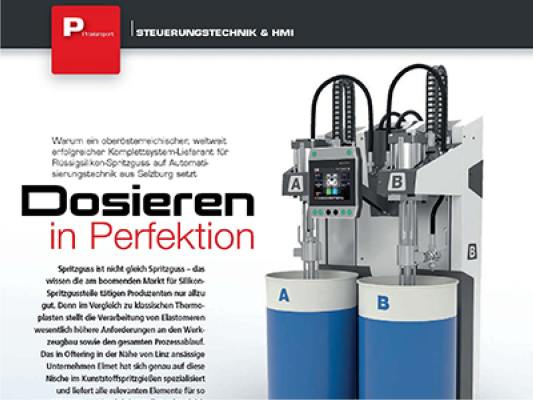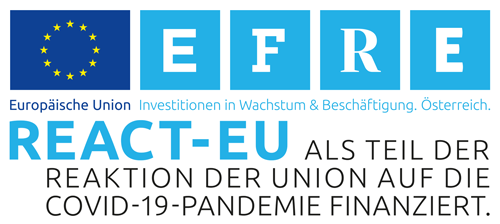The patent-pending SMARTshot I cold runner measurement and control concept incorporating servoelectrically actuated nozzle needles, currently under development by LSR mold specialist Elmet, is an intelligent variant of the SMARTshot E system. Once deployed in a practical setting, entirely automatic startup will be possible as will controlled family molds with cavities of differing volumes that do not require additional sensor systems. This will enable cascaded injection processes with time-delayed opening and closing movements as well as injection processes with partially open needles for simultaneously filling cavities with different volumetric flow rates per nozzle. Elmet will give an update of this new concept at LSR 2025 (16 to 19 June 2025 in Irvine, California).
At its launch at Fakuma 2021, SMARTshot E was one of the first all-electric, servomotor-driven cold runner system for processing liquid silicone rubbers (LSR). The SMARTshot-I development concept is based on the same technology. However, additional rheology-based features will be able to further improve controllability of the injection molding process by using AI with self-learning functionality.
It will be possible to set up or retrofit this upgrade on any existing SMARTshot E mold. In combination with compatible injection molding machines that have a suitable interface, it will then be available to any user. SMARTshot I will be the ideal add-on to the type E in future. Elmet’s range of valve gate cold runner systems also includes the pneumatic SMARTshot P and the hybrid SMARTshot PE with pneumatic needle movement and electric stroke adjustment.
Getting there faster and more reliably with self-learning
The pioneering “I” technology is based on online rheometry for continuously optimizing the process and determining the actual material viscosity in the shear rate range of relevance to injection molding. This technology uses a mathematical relationship between the volumetric flow rate of the injection molding machine, the geometric constraints of the cold runner, and the shear force at the needle to identify and quantify batch-to-batch fluctuations. This turns the cold runner into rheological measuring instrument.
In learning mode, the system automatically detects the volume of material required to fill a cavity, so facilitating setup and optimization, especially with family molds with a number of cavities of differing sizes. Ready for integrating artificial intelligence (AI), the system is set in future to be able to support self-controlled injection molding machines if SMARTshot I control is integrated into the machine at a later date.
Micrometer-range precision
In type E and I systems, servoelectric drives perform the tasks carried out by the pneumatic pistons that were until recently used as standard. This is achieved using a highly responsive, brushless 24 V, 50 W DC motor that generates minimal waste heat and can withstand three times the rated load for short periods. As one of the smallest and most compact drives currently on the market, it allows particularly narrow nest spacings from 44 mm. The effective stroke is 4 mm, and the system achieves an accuracy of 0.09° per revolution, so reducing the error range to ± 0.05% or ± 0.002 mm. Compared to pneumatic systems, this enables significantly faster and more precisely controllable needle movement and positioning and minimizes shot-to-shot deviations. In addition, active needle control assists with uniform cavity filling, even if the cold runner is not perfectly balanced, and with cascading the injection phase by delaying needle opening or extending injection.
One of the general advantages of the servoelectric drive is real-time control of needle position, including permanent position monitoring. The anti-twist feature of the needles means that the geometries of the needle tips can be adapted to the contour of the cavity, so minimizing marks at the injection point. Needle opening can be adjusted to an accuracy of 0.002 mm. Needle opening and closing times are of the order of hundredths of a second, and the needle movements at different injection points can be perfectly balanced.
Nearly ready for showtime
At its current stage of development, the control software used for SMARTshot I enables precise measurement of cold runner signals and individual and dynamic adaptation of needle stroke to each cavity’s specific requirements. In tests with a 16-cavity mold, the cold runner could be fully automatically balanced within 20 shots to such an extent the components produced only exhibited minimal weight fluctuations of 1.5%. In addition, a reduction in process startup times of around 90% compared to manual adjustment by an operator would seem to be realistic. The forthcoming increase in CPU capacity will enable further improvements in this respect.
As development manager Thorsten Häuser explains, “Our aim with SMARTshot I is to significantly automate setup of the LSR injection molding process and make it more user-friendly. We are also taking the first step toward introducing artificial intelligence, firstly into the mold and later into LSR processing as a whole. This will be a considerable benefit to users by saving personnel time and financial expenditure, not only on setup and startup of new production runs but also in terms of ongoing error prevention. In future, AI will also assist with further automating and boosting the efficiency of LSR injection molding processes and will ensure we’re always pushing the envelope despite any potential stumbling blocks.”
hide
